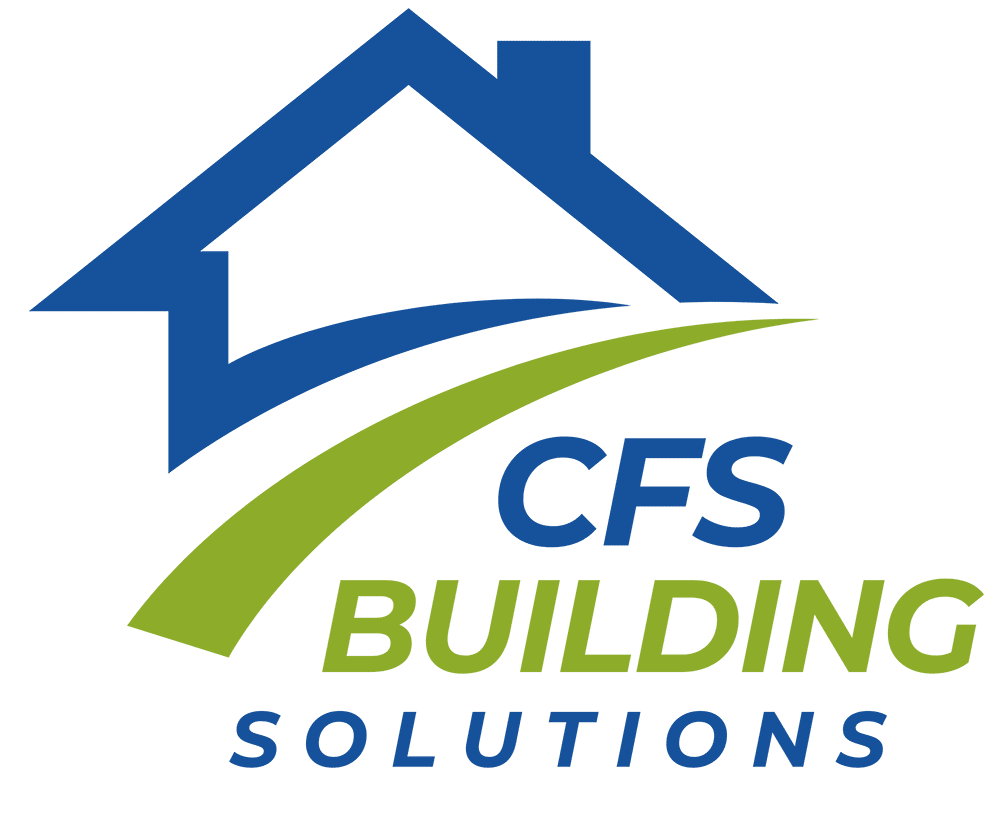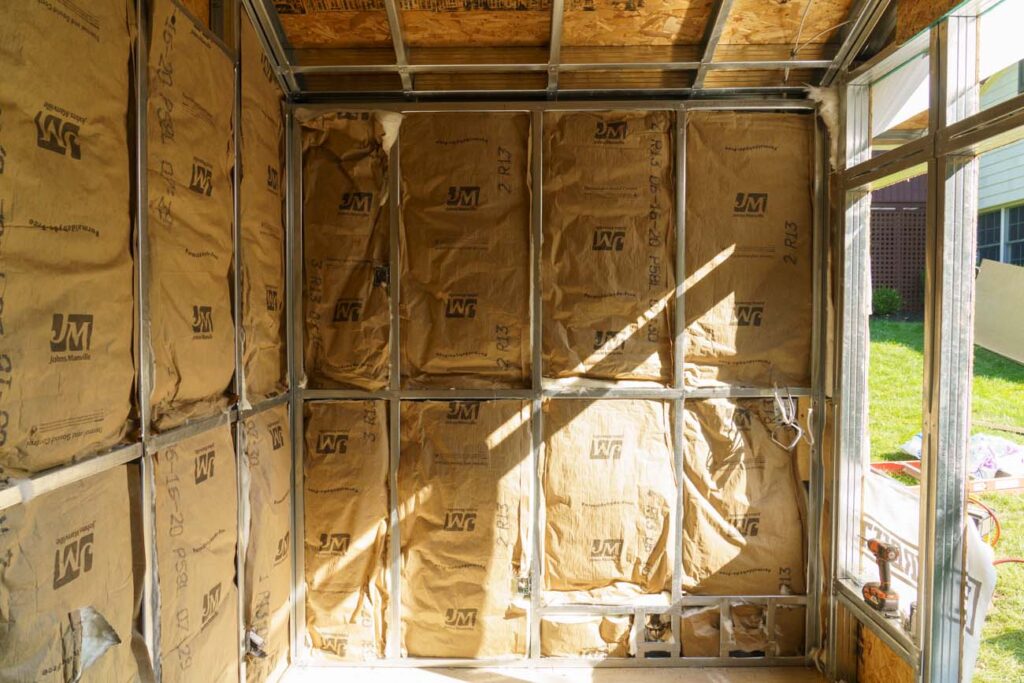Choosing the right framing material is critical to ensuring the structural integrity, efficiency, and longevity of a building. Cold-Formed Steel (CFS) and traditional wood framing have distinct differences during the build process, each impacting timelines, maintenance, and overall durability. Below, we compare the two materials in key areas.
Settling and Structural Stability
- Wood Framing and Roof Trusses:
- Wood structures require time to settle, often taking up to a year as the material compresses and adapts to environmental conditions.
- This settling can lead to issues such as:
- Drywall cracks.
- Misaligned finishes.
- Sagging or warping of roof trusses.
- Before roofing materials can be securely installed, builders may need to account for potential sagging, increasing the likelihood of maintenance requirements.
- CFS Framing and Roof Trusses:
- CFS framing is dimensionally stable and does not settle over time.
- Steel trusses maintain their shape and integrity without warping or sagging, ensuring the roof system remains stable.
- The absence of settling-related issues results in fewer repairs and less maintenance over the building’s lifespan.
Weather Impact During Construction
- Wood Framing:
- Exposure to rain or moisture during construction can cause significant challenges:
- Moisture absorption leads to swelling and increased moisture content.
- Potential fungal growth compromises the structural integrity of the wood.
- Wet wood requires drying time before further construction can proceed, leading to project delays.
- Prolonged exposure can result in long-term damage, necessitating additional repairs or replacements.
- Exposure to rain or moisture during construction can cause significant challenges:
- CFS Framing:
- CFS is impervious to moisture, making it highly resistant to weather-related impacts.
- Construction can continue uninterrupted even in rainy conditions, as CFS does not absorb water or swell.
- The material’s resistance to moisture reduces risks of delays and ensures the framing remains structurally sound throughout the construction process.
Maintenance Requirements
- Wood Framing:
- Settling and exposure to environmental conditions make wood susceptible to:
- Pest infestations, such as termites and carpenter ants.
- Rot, mold, and mildew in humid or wet environments.
- Warping, shrinking, or expanding with temperature and humidity changes.
- These issues require regular inspections and periodic maintenance to preserve the structure.
- Settling and exposure to environmental conditions make wood susceptible to:
- CFS Framing:
- CFS is naturally resistant to:
- Pests, as it contains no organic material.
- Rot, mold, and mildew due to its inorganic composition.
- Warping or expansion from environmental factors.
- Its durability and low-maintenance nature make it a cost-effective choice for long-term performance.
- CFS is naturally resistant to:
Fire Resistance
- Wood Framing:
- Wood is a combustible material and can act as fuel in the event of a fire, spreading flames rapidly through the structure.
- CFS Framing:
- Steel is non-combustible and does not contribute to the spread of fire, enhancing safety and reducing fire-related maintenance and repairs.
Conclusion
Cold-Formed Steel (CFS) outperforms wood framing in key aspects of the build process, particularly in terms of stability, resistance to weather, and maintenance requirements. By choosing CFS, builders can avoid common issues like settling-induced damage, weather delays, and pest-related deterioration. Its durability and resilience make CFS an excellent choice for long-lasting, low-maintenance construction.


